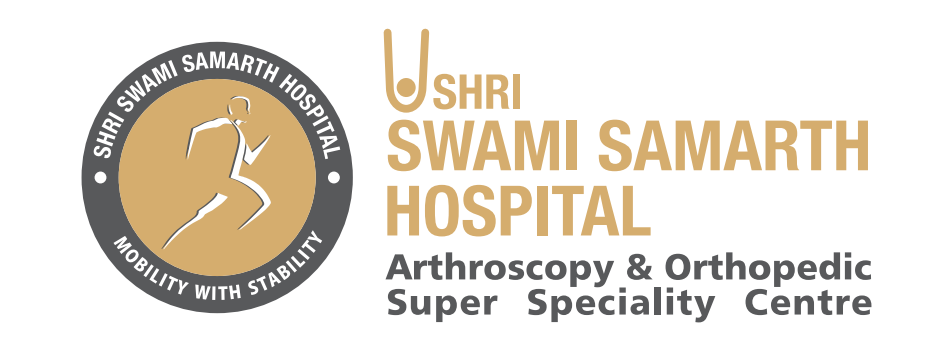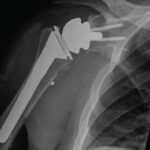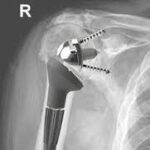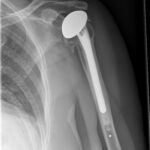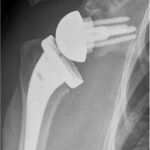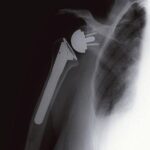Shoulder Joint Replacement
"To keep the body in good health is a duty... otherwise, we shall not be able to keep the mind strong and clear."
Shoulder Replacement in Aurangabad
Your shoulder is a ball and socket joint. The ball at the top of your upper arm moves smoothly in the socket of your shoulder blade on a lining of cartilage. The shiny cartilage prevents your bones from rubbing together. If your cartilage is damaged by injury or worn away by arthritis, it can make your joint painful and stiff. A new shoulder joint can help to improve your shoulder movement and reduce your pain there. Artificial shoulder parts are usually made of metal or plastic or a combination of these.The average age for people having a shoulder replacement is around 70 years, with many people being well over 70. An artificial shoulder joint will usually last for at least 10 years, often for much longer.
Types Of Shoulder Replacement
There are several different types of shoulder replacement.
- In a total shoulder replacement (shoulder arthroplasty) an artificial ball is attached to the top of your upper arm. An artificial socket is also attached to your shoulder blade.
- In a reverse shoulder replacement, an artificial ball is attached to your shoulder blade. An artificial socket is also fitted to the top of your upper arm. So the ball and socket have ‘switched places’.
- In a partial shoulder replacement, part of your shoulder joint is replaced usually the ball at the top of your upper arm. This procedure is also known as hemiarthroplasty as only half the joint is replaced.
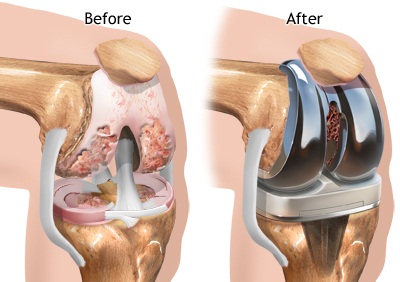
What Happens during a Shoulder Replacement?

Shoulder replacement is carried out by an orthopaedic surgeon (a doctor who specialises in bone surgery). The procedure usually takes around two hours depending on how complicated your surgery is. You’ll have a shoulder replacement under either general anaesthesia or local (regional) anaesthesia. General anaesthesia means you’ll be asleep during the operation. Local anaesthesia completely blocks pain from your shoulder and you’ll stay awake during the operation. In some cases you may have both types of anaesthesia to help ease pain after your surgery. Your surgeon will talk to you about which type of anaesthesia is best for you. You might have a sedative as well as local anaesthetic. This relieves anxiety and will help you to relax. Once the anaesthesia has taken effect your surgeon will reach your shoulder joint by making a cut usually down the front of your shoulder.After completing the chosen replacement procedure your surgeon will close the cut with stitches or clips and cover the wound with a dressing.
We are here to help you Get relief from your pain
Get reed of from various body pain from our experienced doctor.
